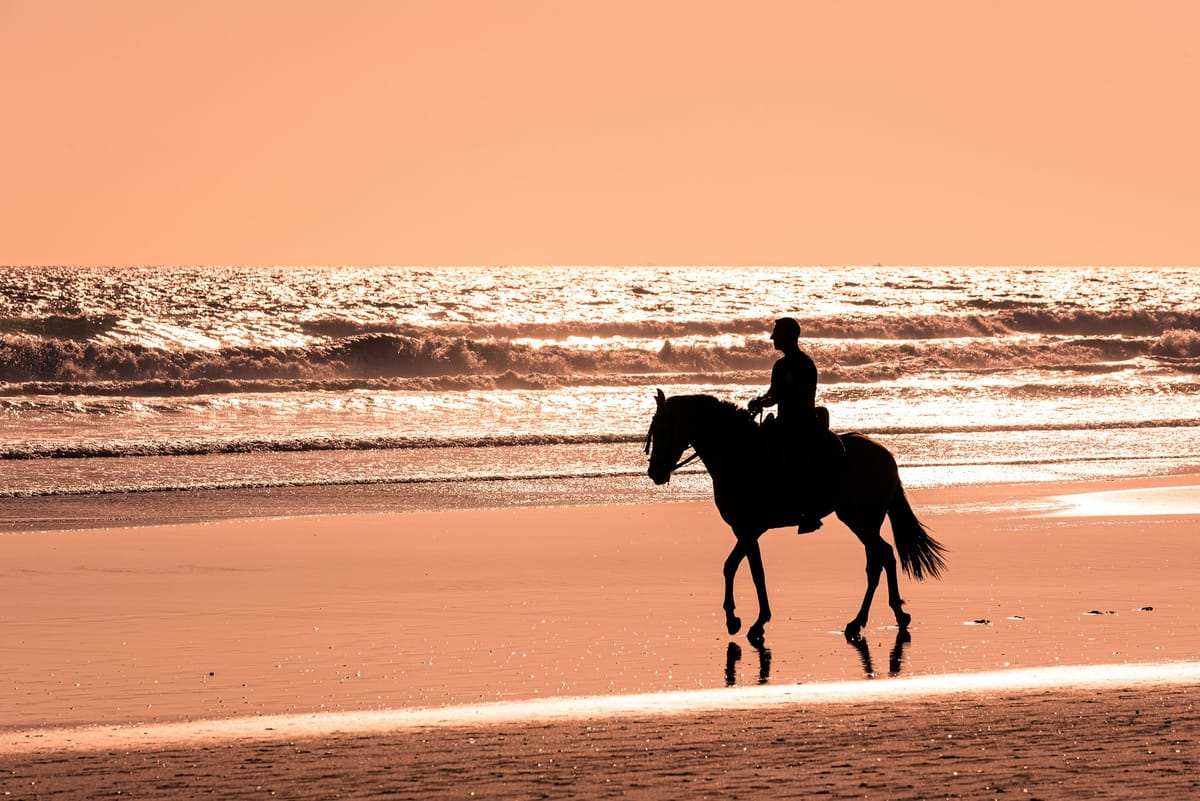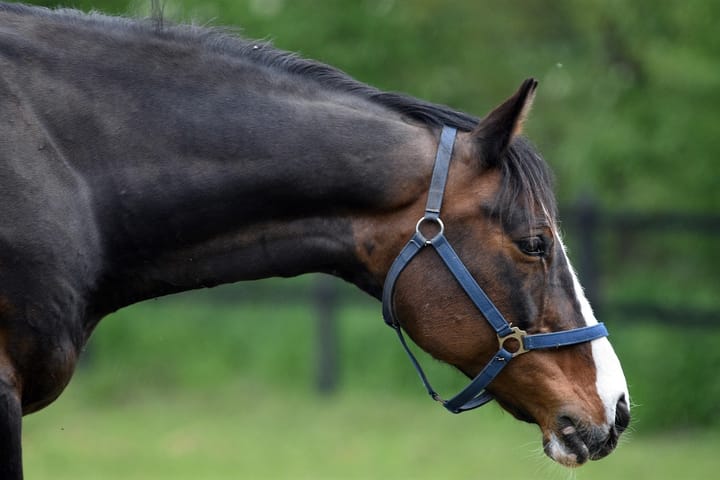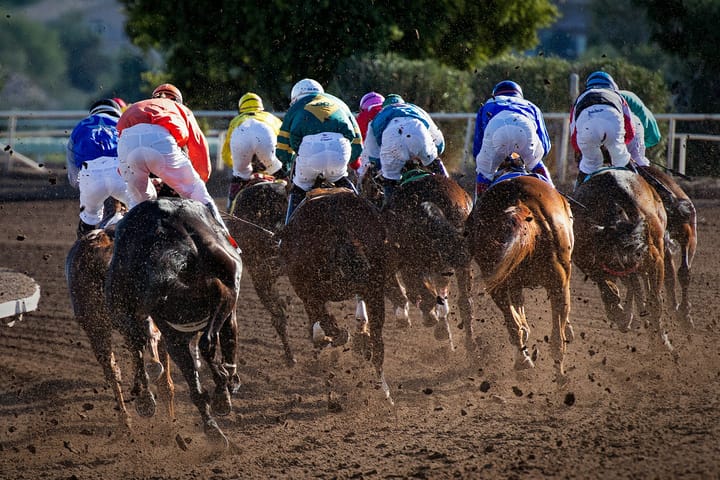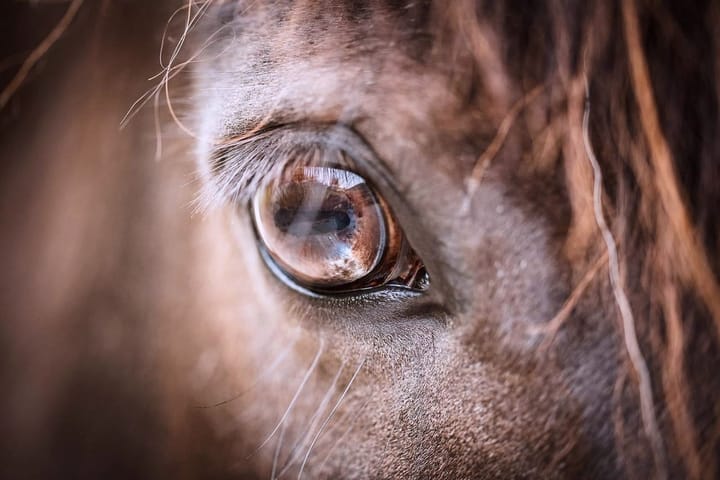Portugal’s Dancing Horses Recognized by UNESCO
Portuguese Equestrian Art has been designated as an Intangible Cultural Heritage of Humanity by UNESCO.

This traditional form of dressage, which dates back to the 18th century, blends functionality with aesthetics. It is distinguished by the rider’s position in the saddle, traditional attire, and elaborate harnesses.
At its core, Portuguese equestrian art emphasizes harmony and mutual respect between rider and horse. Communication is key, with riders guiding the horse through collaboration rather than force. This practice requires highly responsive and well-trained horses, such as the purebred Lusitano.
Open to men and women of all ages, the art also includes unique traditions, such as the ‘monte à amazona,’ where women ride side-saddle.
It is passed down through academies, riding schools, and equestrian centers both in Portugal and abroad.
Cattle handlers, breeders, veterinarians, and artisans play crucial roles in preserving and promoting this heritage, along with treatises, books, and manuals that document its practices.
This equestrian tradition serves as a source of collective identity, celebrated through pilgrimages, fairs, and social events across the country.



Comments ()